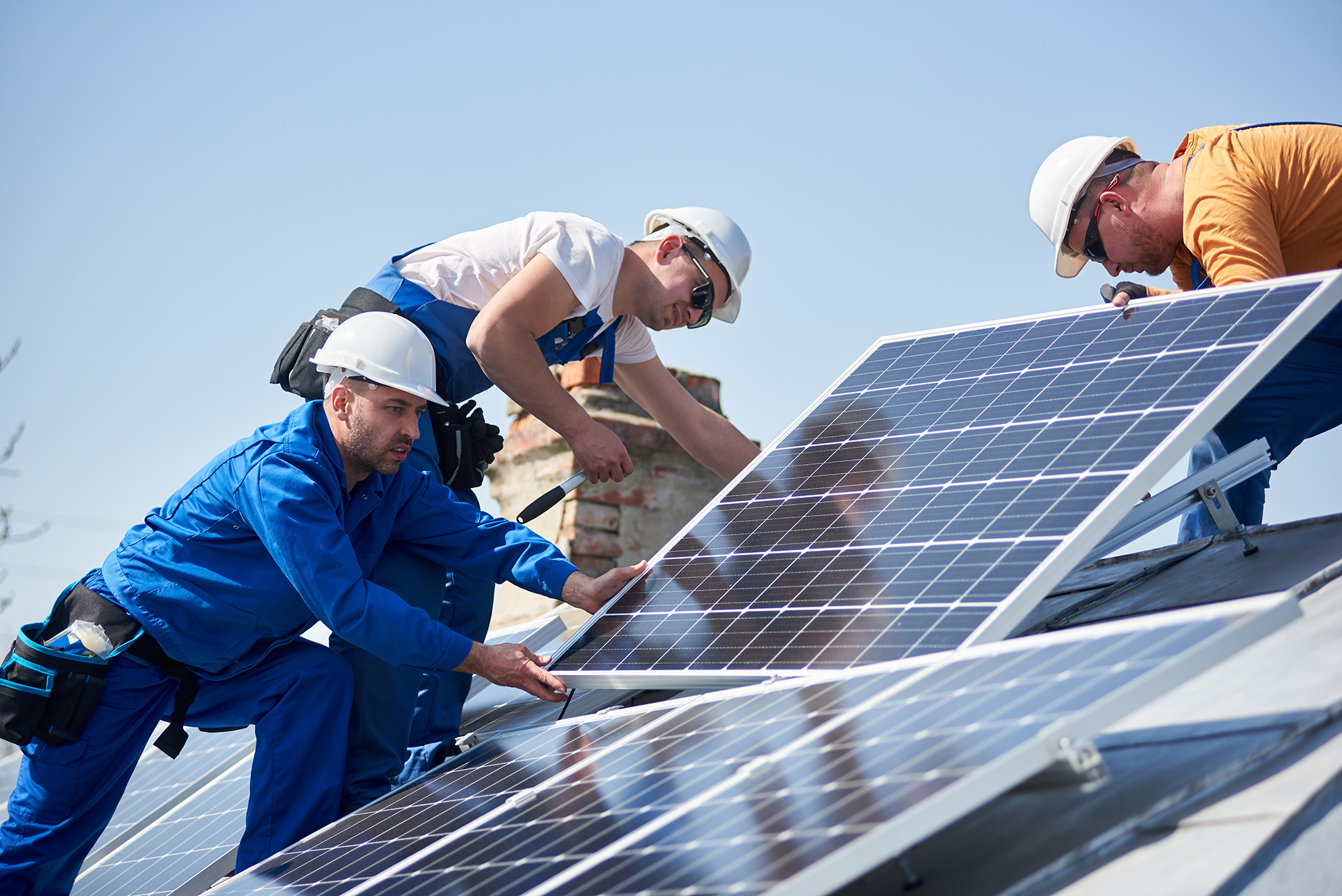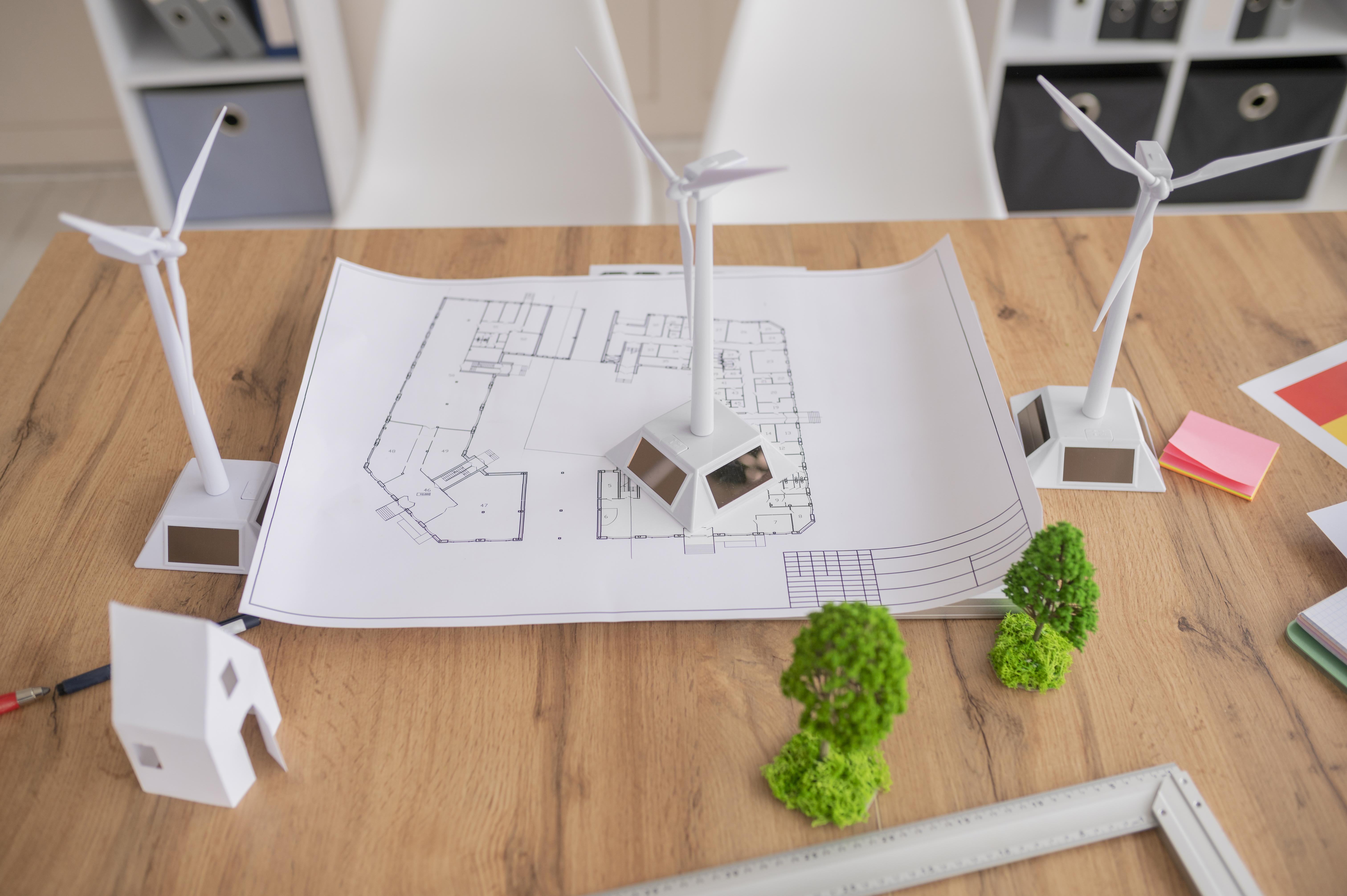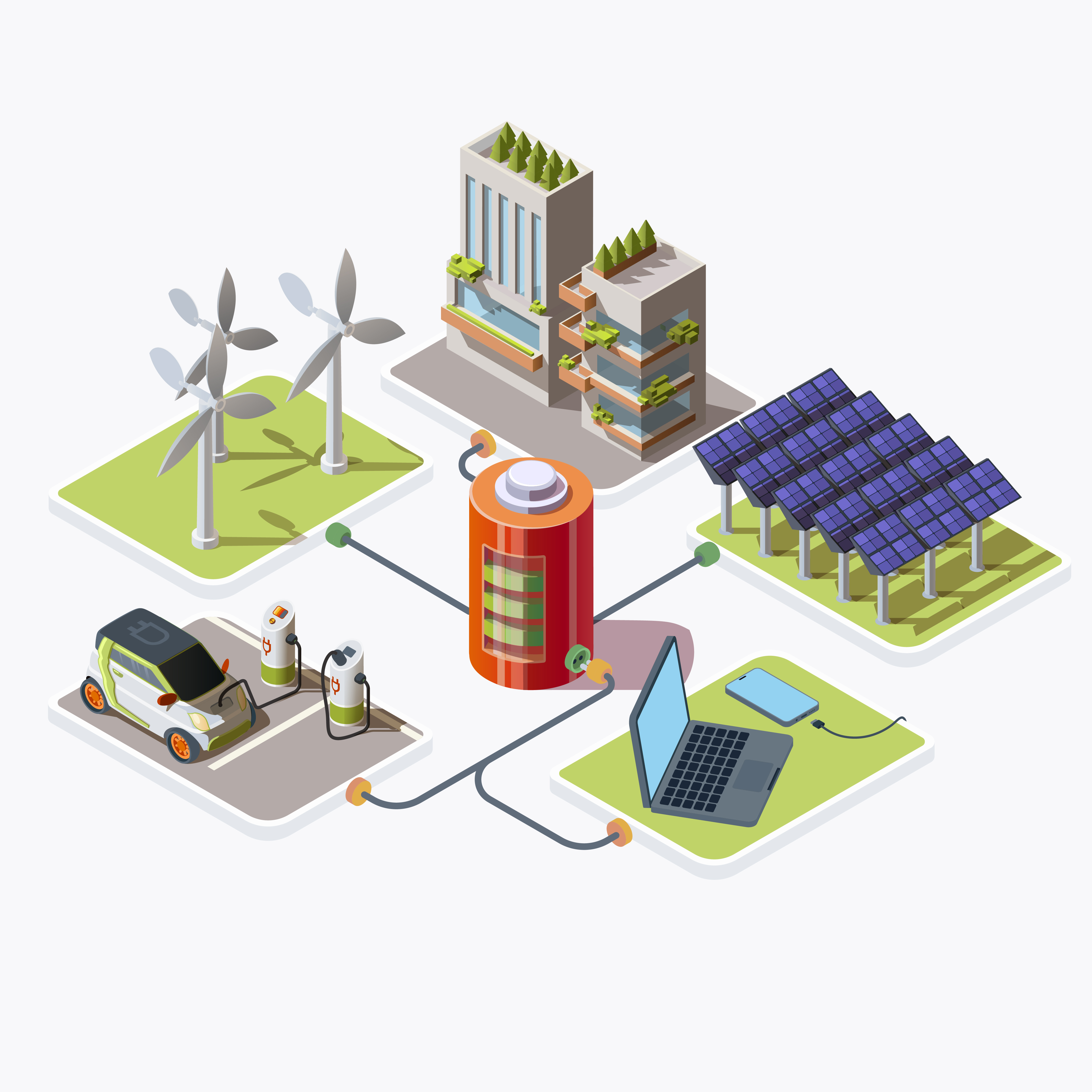Table of Contents
ToggleIntroduction
Solar power has emerged as a promising solution for residential energy needs, offering a sustainable and environmentally friendly alternative to traditional electricity sources. As homeowners increasingly seek to reduce their carbon footprint and lower energy costs, the installation of a solar power plant has become an attractive option. This article aims to provide a comprehensive guide to calculating and designing a solar power system tailored to the needs of a household.
Assessing Energy Needs
Before designing a solar power system, it’s essential to understand the energy consumption patterns of the household. This involves reviewing utility bills to gauge average monthly and annual electricity usage. By analyzing historical data, homeowners can identify trends and fluctuations in energy consumption, enabling more accurate sizing of the solar power plant. Peak energy demand periods often coincide with specific activities or times of day when energy-intensive appliances are in use. By identifying these peak times, homeowners can optimize their solar power system to meet the highest energy demands efficiently. This may involve scheduling certain tasks, such as laundry or dishwashing, during periods of maximum solar irradiance.
Evaluating available space for solar panels The amount of available space for solar panel installation directly impacts the size and capacity of the solar power system. Rooftops are a common location for solar panels, but ground-mounted installations may be necessary for properties with limited roof space or shading issues. Conducting a thorough site analysis helps determine the optimal placement and orientation of solar panels for maximum sunlight exposure. Assessing roof orientation and tilt angle The orientation and tilt angle of the roof significantly influence the efficiency of solar panel performance. Ideally, solar panels should face south to capture the maximum amount of sunlight throughout the day. Additionally, adjusting the tilt angle based on the property’s latitude ensures optimal solar energy production during different seasons.
Analyzing local weather patterns and sunlight availability
Solar energy production is influenced by local weather conditions and sunlight availability. Cloud cover, precipitation, and seasonal variations can affect the amount of sunlight reaching solar panels. Analyzing historical weather data helps homeowners understand the solar potential of their location and make informed decisions when designing their solar power system. Selecting appropriate solar panel technology and specifications Several types of solar panel technologies are available, each with its unique advantages and considerations. Photovoltaic (PV) panels are the most common choice for residential installations, offering a balance of efficiency, durability, and affordability. When selecting solar panels, factors such as efficiency ratings, warranties, and manufacturer reputation should be taken into account.
Determining the optimal size of the solar array The size of the solar array is determined by the energy needs of the household and the available space for installation. Solar system sizing involves calculating the total wattage of solar panels required to meet the household’s energy demand, taking into account factors such as roof orientation, shading, and efficiency losses. Online solar calculators and professional solar energy assessments can help homeowners determine the optimal size of their solar power system.
Incorporating battery storage and backup systems Battery storage systems enable homeowners to store excess solar energy generated during the day for use during periods of low sunlight or high energy demand. Additionally, backup systems, such as generators or grid-tied inverters, provide reliable power supply during grid outages or emergencies. Integrating battery storage and backup systems enhances the resilience and self-sufficiency of the solar power system.
Cost Analysis and Financial Considerations
Estimating initial installation costs The upfront cost of installing a solar power system is a significant consideration for homeowners. Factors influencing installation costs include the size of the solar array, the complexity of the installation, equipment quality, and labor expenses. While solar panel prices have declined in recent years, homeowners should obtain multiple quotes from reputable solar contractors to ensure competitive pricing.
Assessing available incentives and rebates Government incentives, tax credits, and rebates can significantly reduce the cost of installing a solar power system. These financial incentives vary by location and may include federal, state, and local programs aimed at promoting renewable energy adoption. Homeowners should research available incentives and consult with a tax professional to maximize savings and take advantage of available rebates.
Calculating long-term savings and return on investment Despite the initial investment, solar power systems offer long-term savings on electricity bills and provide a reliable source of clean energy for decades. Calculating the return on investment (ROI) involves comparing the upfront cost of installation with the projected energy savings over the system’s lifetime. Factors such as electricity rates, system performance, and maintenance costs should be considered when evaluating the financial benefits of solar power.
Installation and Maintenance
Hiring a qualified solar contractor The successful installation of a solar power system requires the expertise of trained professionals. Homeowners should research and select a qualified solar contractor with experience in designing and installing residential solar energy systems. Licensing, certifications, customer reviews, and warranties are essential factors to consider when choosing a solar installer.
Managing the installation process Effective project management is crucial to ensuring the smooth installation of a solar power system. Homeowners should work closely with their chosen solar contractor to coordinate site visits, obtain necessary permits, and schedule installation activities. Clear communication and regular updates throughout the installation process help minimize delays and ensure project completion on time and within budget.
Implementing a regular maintenance schedule Routine maintenance is essential for preserving the performance and longevity of a solar power system. This includes inspecting solar panels for dirt or debris buildup, checking electrical connections for signs of wear or corrosion, and monitoring system performance through online monitoring tools. Performing regular maintenance tasks helps prevent potential issues and ensures optimal energy production from the solar power system.
Monitoring and Performance Tracking
Installing energy monitoring systems Energy monitoring systems provide real-time data on solar energy production, household energy consumption, and battery storage levels. These systems allow homeowners to track energy usage patterns, identify opportunities for energy conservation, and optimize the performance of their solar power system. Online monitoring platforms and mobile apps offer convenient access to system data and performance metrics.
Tracking energy production and consumption Regularly monitoring energy production and consumption allows homeowners to assess the effectiveness of their solar power system and make informed decisions to maximize energy savings. Comparing actual energy production with predicted values helps identify any performance issues or efficiency losses that may require attention. Additionally, tracking energy consumption patterns helps identify opportunities for reducing energy usage and increasing self-consumption of solar energy.
Troubleshooting and optimizing system performance In the event of system malfunctions or performance issues, troubleshooting procedures should be promptly implemented to identify and resolve the underlying cause. This may involve inspecting individual components, conducting system tests, or consulting with the solar installer for technical support. Optimizing system performance may require adjustments to equipment settings, software updates, or preventive maintenance measures to ensure reliable operation and maximize energy yield.
Conclusion
The installation of a solar power system offers numerous benefits for homeowners, including reduced energy costs, increased energy independence, and environmental sustainability. By carefully assessing energy needs, conducting site analysis, and designing an appropriately sized solar power system, homeowners can harness the power of the sun to meet their household’s electricity demand. With ongoing monitoring, maintenance, and performance tracking, solar power systems continue to deliver clean, renewable energy for years to come, contributing to a brighter and more sustainable future.
FAQs
What factors should I consider when calculating the size of a solar power system for my house?
When determining the size of your solar power system, factors such as your average household energy consumption, available space for solar panel installation, roof orientation, and local weather patterns play crucial roles. Additionally, considering peak energy usage times and the specific energy requirements of your appliances helps ensure that the solar power system meets your needs efficiently.
How can I assess the solar potential of my property?
Assessing the solar potential of your property involves evaluating factors such as roof orientation, tilt angle, shading, and available sunlight throughout the day. Tools like solar irradiance maps, online solar calculators, and professional site assessments can help determine the feasibility and potential energy production of a solar power system for your house.
What are the financial considerations associated with installing a solar power system?
The upfront cost of installing a solar power system varies depending on factors such as the size of the system, equipment quality, and installation complexity. However, homeowners can take advantage of government incentives, tax credits, and rebates to offset initial costs. Calculating long-term savings and return on investment (ROI) also helps assess the financial benefits of investing in solar energy.
How do I find a qualified solar contractor for the installation process?
Finding a qualified solar contractor involves researching reputable companies with experience in designing and installing residential solar power systems. Look for contractors who are licensed, certified, and have positive customer reviews. It’s also essential to obtain multiple quotes and compare services, warranties, and pricing before making a decision.
What maintenance is required for a solar power system, and how can I monitor its performance?
Routine maintenance is essential for preserving the performance and longevity of a solar power system. Tasks such as cleaning solar panels, inspecting electrical connections, and monitoring system performance should be performed regularly. Homeowners can use energy monitoring systems and online monitoring platforms to track energy production, consumption, and system performance in real-time, allowing for timely troubleshooting and optimization.







